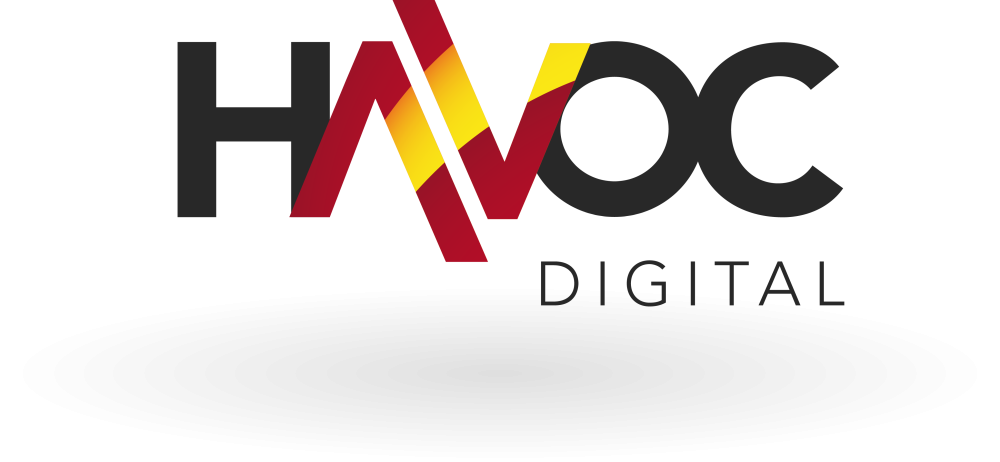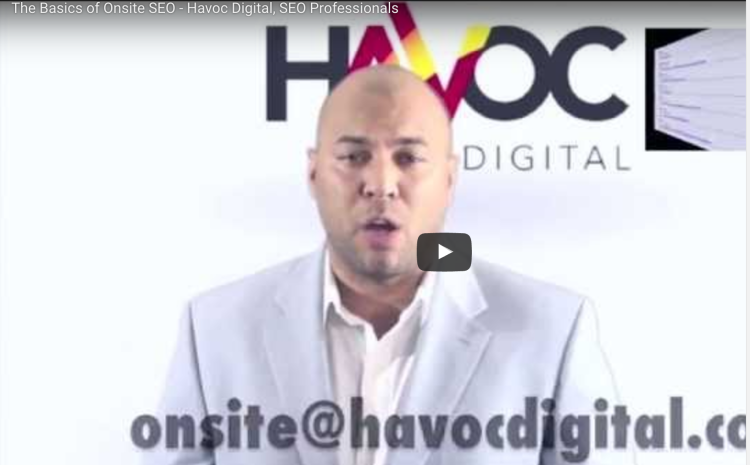Basics of Onsite SEO – Guide
Updated: 8th June 2017
Basics of Onsite SEO – To clear up a misconception about SEO… What we do is not rocket science when you look at it from the perspective of building up your Reputation, online!
Same as in the real world, being recognized as an expert in your subject and industry, having people talk and refer to you and acknowledge your skills and ability. We do all this online and that gets you Rankings, Traffic, and in turn more traffic ‘Subscribers/Inquiries/Leads/Sales.
So where do you start?, Well, first off we need to look at the Basics of Onsite SEO, Onsite Search Engine Optimisation. These are the changes you make to your web pages to be indexed (Found) correctly, making your pages more readable to search engines.
If you were writing children’s books you would write it for your audience, right?
So the same applies for Search Engines!
The first thing we need to look at is the architecture or structure of a website. It’s important with your design to make sure to put it together in CSS as opposed to Tables. What’s also important is that you source your CSS and also things like JavaScripts externally from separate files. This reduces all the code in the html files and it just gives you a greater content-to-code ratio, which is great for search engines. It’s also good to have a clear page hierarchy on your website, and ideally, if you can, to keep your navigation to succinct bullet points and real text, which can be controlled through CSS.
Talk to your web designer, just to confirm this about your own website. It could be a small job to switch it around if you do happen to have Tables rather than CSS.
Basics of Onsite SEO – Title Tags
The next things we need to look at is the Page Titles and the MetaData. Just like Titles and Opening Paragraphs in a book, these need to be unique to every page on your website.
The most effective page titles are about 10-70 characters long, including spaces. Keep your titles concise and make sure they contain your best keywords.
Basics of Onsite SEO – Meta Descriptions
Meta descriptions are useful because they often dictate how your pages are shown in search results. For optimum effectiveness, meta descriptions should be 70-160 characters long. Again, your meta descriptions should be concise and contain your best keywords.
Basics of Onsite SEO – Header Tags
Another important element in html files is “Header” tags. Header tags go from 1 to 6, with the H1 being the main heading for the page.
Ideally, if you are using them correctly, they will be in a hierarchy structure. A page should start with an H1 header at the top of the page. This immediately tells the Search Engines in one sentence what your website is about.
You can include keywords in your headings. The initial heading H1 should include your best keywords.
Using only one <H1> heading per page will strengthen your SEO, use a couple of H2 headings and a couple H3 headings and so on. They are great for breaking up paragraphs, and when matched to the page’s content, it works really well for SEO!
Basics of Onsite SEO – Content
Now onto the subject of ‘Content” – You may have heard the phrase “Content is King”, well you can’t really optimize for a phrase unless your content reflects that.
If you are marketing “Oranges” then you should have content to reflect that your website page is the authority for all things on “Oranges”… if you also have Lemon’s, then talk about them on another page.
Google and the other search engines will be looking for the key phrases in your text. That doesn’t mean cramming or spamming keywords left, right, and center.
It means to be honest and ethical, mention your keywords and secondary keywords but make sure your text is written with your audience in mind and not the Search Engines.
Now with all your images on the page, we suggest adding ALT text so that it’s easier for search engines to index them. Search engines don’t physically see images the way people do.
Basics of Onsite SEO – Image ALT Text
ALT text is an option that allows you to specifically describe the image, be honest here, but you can use some of your secondary keywords to describe your images. ALT text attaches a description to your pictures so that they show up in Google and other search engines’ image results.
Make sure each website image has its own specific ALT text. Keep in mind that your page’s load time will vary based on the number and size of your images. Try your best to keep it low.
Basics of Onsite SEO – XML Sitemap
Now just like a Book has an Index, your website needs a Site Map,! preferably in XML format.
An XML sitemap lists URLs that can be crawled and may offer other information such as how often you update, when your last update occurred, and its importance. With an XML sitemap, search engines can index your website more accurately.
Although it’s been debated, we suggest that you submit an XML sitemap to Google Webmasters Tools.
So that’s basically the basics of onsite optimization!
If you need to know what is wrong with your website “Onsite” drop us a line via email at or leave us a message in the comments and we will provide you with a complimentary detailed Onsite Report by an Expert, highlighting what issues you need to address.






